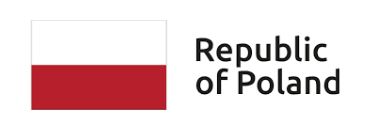Some new results on Golod-Shafarevich algebras
- Speaker(s)
- Agata Smoktunowicz
- Affiliation
- University of Edinburgh
- Date
- Dec. 20, 2012, 12:15 p.m.
- Room
- room 5820
- Seminar
- Seminar Algebra
One of the most beautiful and useful parts of noncommutative ring
theory is the Golod-Shafarevich theorem (1964), which shows that free algebras defined by homogeneous relations are infinite dimensional, provided that the number of defining relations of each degree is not too large. Golod-Shafarevich algebras were introduced by Golod and Shafarevich in 1964, and were later used to solve several interesting open problems in several different areas of mathematics, namely the Burnside problem in group theory, the Kurosh Problem in noncommutative algebra and the Class Field Tower in number theory.
The results concerning Golod-Shafarevich algebras are related to
Golod-Shafarevich groups, and the results often mirror one another
even though the proofs are often different. For example, in 2006 the
author solved a question of Zelmanov by showing that there are
Golod-Shafarevich algebras that have no infinite-dimensional
homomorphic images of polynomial growth. It was shown by Ershov that there exist Golod-Shafarevich groups without infinite images of
polynomial growth. In 2000, Zelmanov showed that Golod-Shafarevich
groups contain non-abelian free pro-groups and later related results
on free subgroups were obtained by Kassabov. Recently, it was shown by the author that finitely presented Golod-Shafarevich algebras contain free noncommutative subalgebras under mild assumptions on the number of generating relations of each degree, and that such
Golod-Shafarevich algebras can be mapped onto algebras with linear
growth.
There are many inspiring open questions in this area; for example, it
is an open question whether the converse of the Golod-Shafarevich
theorem is true (Anick's question). Very interesting results related
to this question were obtained by Wisliceny and recently by Iyudu and
Shakarin.
In this talk we mention recent results on Golod-Shafarevich algebras
and some open questions in this area.
 You are not logged in |
You are not logged in |



















